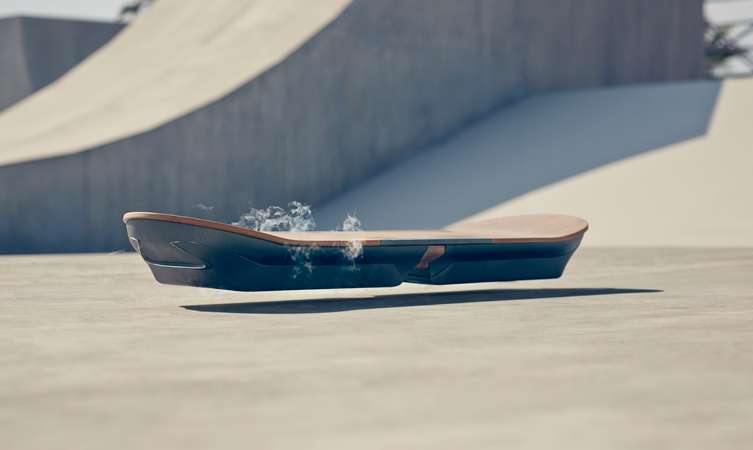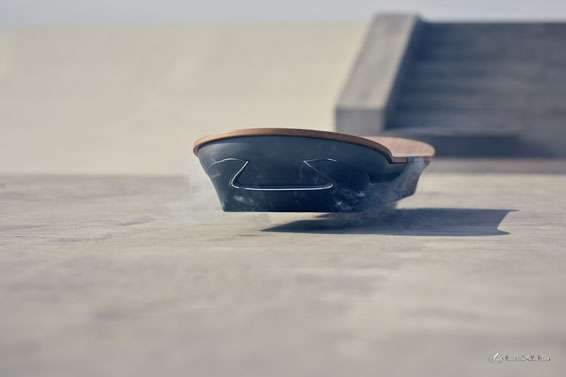Meet the Lexus version of a hoverboard, a moving board of sorts with a magical look. This is the Slide hoverboard, the fourth project in the company's Amazing in Motion campaign. And what a way to brand. The Lexus hoverboard features the iconic Lexus spindle grille signature shape. A video shows smoke rising from the device. Sparse on detail so far, Lexus nonetheless revealed among other things (1) an inspirational quote from Haruhiko Tanahashi, Lexus chief engineer (2) key ingredients as liquid nitrogen-cooled superconductors and permanent magnets and (3) materials including natural bamboo. Above all, Lexus said that the Lexus hoverboard uses magnetic levitation to achieve frictionless movement.
"In case it was just a concept or advertising campaign, the folks at Gizmodo reached out to Lexus to find out additional details. While the specifics of the device weren't revealed, Lexus claims that it is real," said Ubergizmo's Tyler Lee on Tuesday.
A number of tech sites attempted to clarify what was going on. Andrew Liszewski in Gizmodo said: "We've seen plenty of hoverboards and hover toys and hover miscellanery over the years, and they all rely on super-strong magnets to stay aloft. But the more weight you intend to add, the colder and stronger those magnets need to be. Lexus claims its hoverboard uses liquid nitrogen-cooled superconductors and permanent magnets to support an actual rider, hence the foggy mist coming off the board."
Tim Hornyak, Tokyo correspondent for the IDG News Service, wrote about how this is designed to work, citing an explanation from a Toyota spokesperson. The Slide is able to hover from the magnetic levitation created by superconductors. Hornyak wrote, "A cryostat, which is a device to maintain very low temperatures, cools liquid nitrogen in the hoverboard and that keeps the superconductors cold. When that happens, the superconductors create electrical currents that can repel magnets, allowing the board to float and move without friction."
The device is not for sale; it will be tested in Barcelona over the coming weeks.
Darrell Etherington of TechCrunch said "it's the result of a research project spanning 18 months and engineering teams across two cites." Liszewski said the work has been in development by teams in Germany and London.
Mark Templin, executive vice president, Lexus International, said: "At Lexus we constantly challenge ourselves and our partners to push the boundaries of what is possible. That determination, combined with our passion and expertise for design and innovation, is what led us to take on the Hoverboard project."
More information: www.lexus-int.com/amazinginmotion/slide/
© 2015 Tech Xplore
























